Intel Core i9-10850K Review: The Real Intel Flagship
by Dr. Ian Cutress on January 4, 2021 9:00 AM EST- Posted in
- CPUs
- Intel
- Core
- Z490
- 10th Gen Core
- Comet Lake
- LGA1200
- i9-10850K
Gaming Tests: Far Cry 5
The fifth title in Ubisoft's Far Cry series lands us right into the unwelcoming arms of an armed militant cult in Montana, one of the many middles-of-nowhere in the United States. With a charismatic and enigmatic adversary, gorgeous landscapes of the northwestern American flavor, and lots of violence, it is classic Far Cry fare. Graphically intensive in an open-world environment, the game mixes in action and exploration with a lot of configurability.
Unfortunately, the game doesn’t like us changing the resolution in the results file when using certain monitors, resorting to 1080p but keeping the quality settings. But resolution scaling does work, so we decided to fix the resolution at 1080p and use a variety of different scaling factors to give the following:
- 720p Low, 1440p Low, 4K Low, 1440p Max.
Far Cry 5 outputs a results file here, but that the file is a HTML file, which showcases a graph of the FPS detected. At no point in the HTML file does it contain the frame times for each frame, but it does show the frames per second, as a value once per second in the graph. The graph in HTML form is a series of (x,y) co-ordinates scaled to the min/max of the graph, rather than the raw (second, FPS) data, and so using regex I carefully tease out the values of the graph, convert them into a (second, FPS) format, and take our values of averages and percentiles that way.
If anyone from Ubisoft wants to chat about building a benchmark platform that would not only help me but also every other member of the tech press build our benchmark testing platform to help our readers decide what is the best hardware to use on your games, please reach out to ian@anandtech.com. Some of the suggestions I want to give you will take less than half a day and it’s easily free advertising to use the benchmark over the next couple of years (or more).
As with the other gaming tests, we run each resolution/setting combination for a minimum of 10 minutes and take the relevant frame data for averages and percentiles.
| AnandTech | Low Resolution Low Quality |
Medium Resolution Low Quality |
High Resolution Low Quality |
Medium Resolution Max Quality |
| Average FPS | 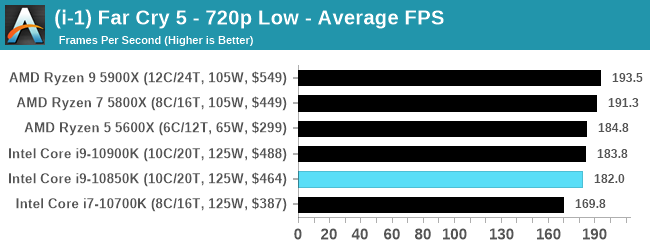 |
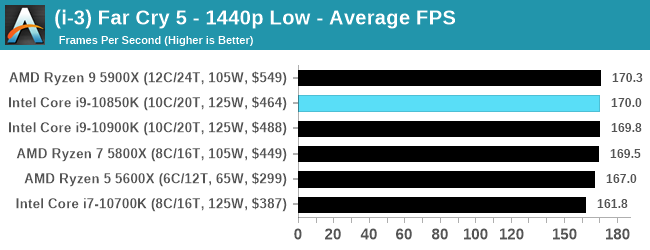 |
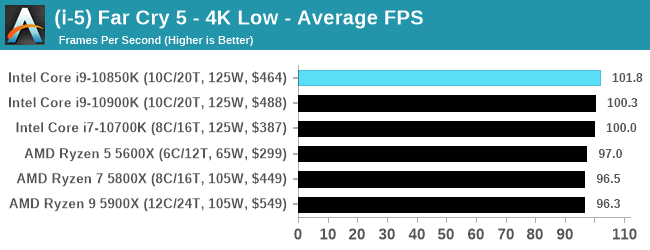 |
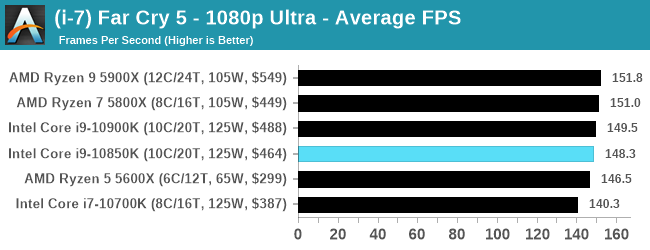 |
| 95th Percentile | 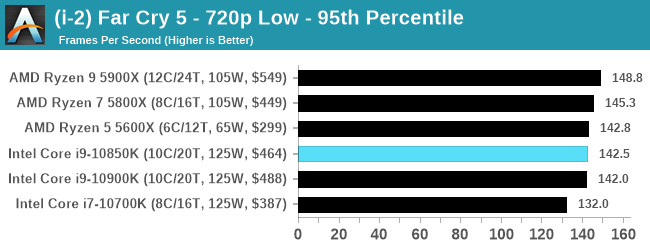 |
 |
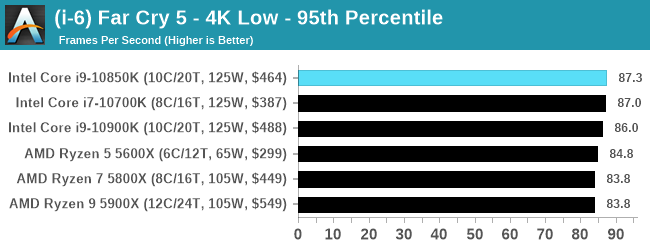 |
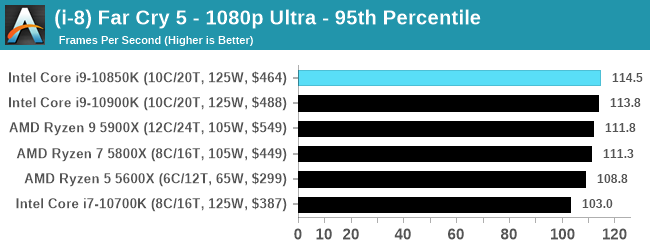 |
All of our benchmark results can also be found in our benchmark engine, Bench.


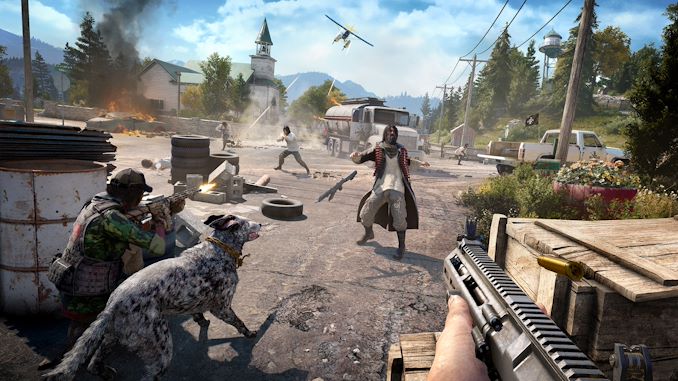









126 Comments
View All Comments
Machinus - Monday, January 4, 2021 - link
Put that piled higher and deeper to use and write an article about how binning affects IC design, before the variability in lithography. Other PhDs read this site tooFreckledTrout - Monday, January 4, 2021 - link
Its the top chart on the the second page. The AIDA stress tests where we are looking at around 260 watts.Machinus - Monday, January 4, 2021 - link
There's a whole article in the chart?j@cko - Monday, January 4, 2021 - link
Nice try Intel. This reminded us of AMD during those FX days when they had nothing good to compete with Intel. Intel's complacency has proven to be quite costly and made some consumers quite bitter toward them. It's gonna take some time to fix that and win back consumer trust and confidence. For example, our company has switched to buying AMD (Ryzen) system since Zen+ and they do not plan on going back to Intel unless AMD goes rogue (complacent with tech and price). Even at my own household, we have built 5 or 6 systems and none of them are Intel.DannyH246 - Monday, January 4, 2021 - link
Yawn. More Intel crap.Desierz - Monday, January 4, 2021 - link
I wonder what Rocket Lake temps will be like..goatfajitas - Monday, January 4, 2021 - link
hotGrayswean - Monday, January 4, 2021 - link
Hence the name.Deicidium369 - Monday, January 4, 2021 - link
same as here if you use the same janky passive HSFzodiacfml - Monday, January 4, 2021 - link
why even work on this? Ryzen 5000 series?